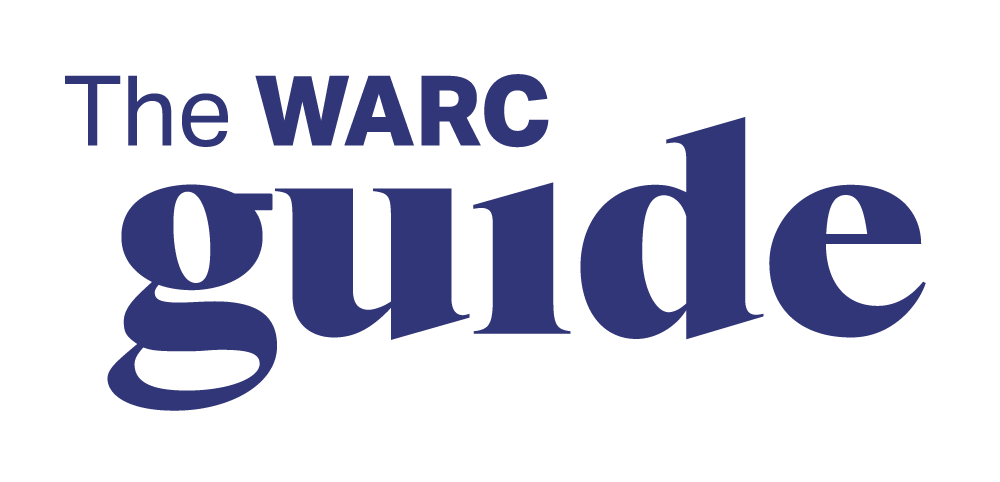The notion of using attention to assess ad impact and ad delivery is gaining ground and advertiser money is beginning to flow – so it’s vital that all parties are agreed on definitions and measurement, says Professor Karen Nelson-Field in The WARC Guide to Planning for Attention.
This month, The WARC Guide looks at attention – what it means in the context of advertising, how to measure it, how to optimise for it, the implications for quality (WARC subscribers can read the full report here).
In Defining the added value of attention measurement, guest editor Karen Nelson-Field, CEO of Amplified Intelligence and co-founder of The Attention Council, warns of the dangers of “opportunistic purveyors” in what is still a nascent sector unless there are early standard definitions, both of what attention is and what it is not and how it should be measured and how it should not.
“For attention to become ‘tradeable’, we need broad-reaching, always-on, scalable collection,” she argues. “Simply knowing if someone is present and whether they are looking (or not) at advertising is light years ahead of the current impression system.”
She has little time for attention proxies, which often include device data such as ad duration, ad pixels on screen, hover rates etc. “The result is more technical data around the opportunity to see, and the attention they offer is assumptive,” she writes. And self-reported recall can be predicted using penetration and loyalty data.
At a time when advertising budgets are under pressure, the current set-up is ripe for reform. “Media is sold on opportunity or potential to view rather than whether someone has actually seen the ad or not. As it turns out, many don’t see it, yet advertisers still pay,” Nelson-Field observes.
The industry needs to move forward with impression reform, she states, and “articulate the incremental value of (appropriately collected) visual attention and what it offers advertisers above other measures”.
The biggest step it can take, Nelson-Field suggests, is to move a measured impression from an ‘Opportunity to See’ to a ‘Verified Human View’. Visual attention can then measure implicit (and explicit) processing and link to incremental sales.
Beyond these two steps, “attention data can be fused with other data for deeper analysis or it can be used to weight outputs in buying systems and add fairness to the game”.
The WARC Guide is a compilation of fresh new research and expert guidance with WARC’s editorial teams in New York, London, Singapore and Shanghai pulling in the best new thinking globally. It also showcases the best on WARC – case studies, best practice and data sourced from across the platform.
Sourced from WARC

